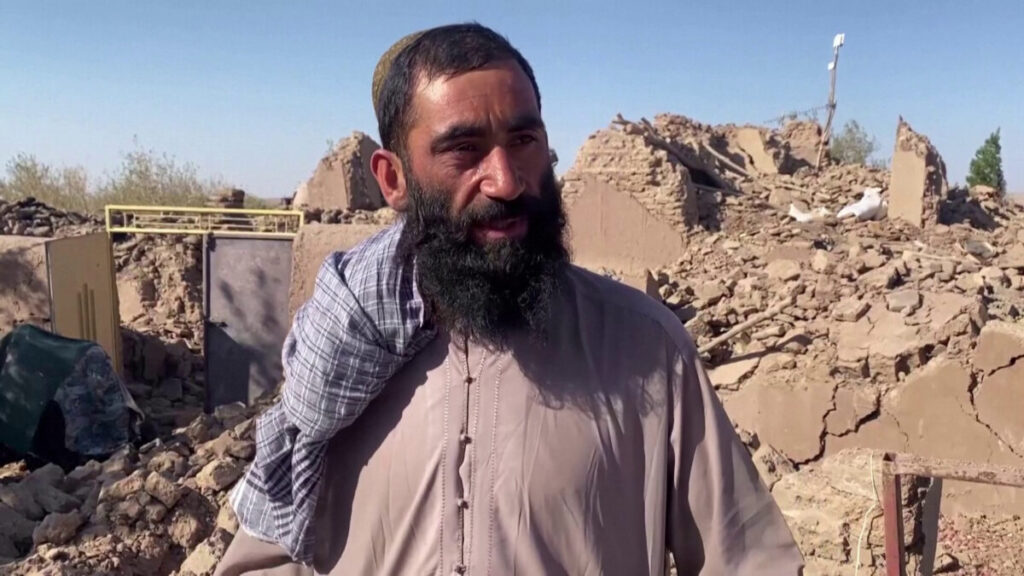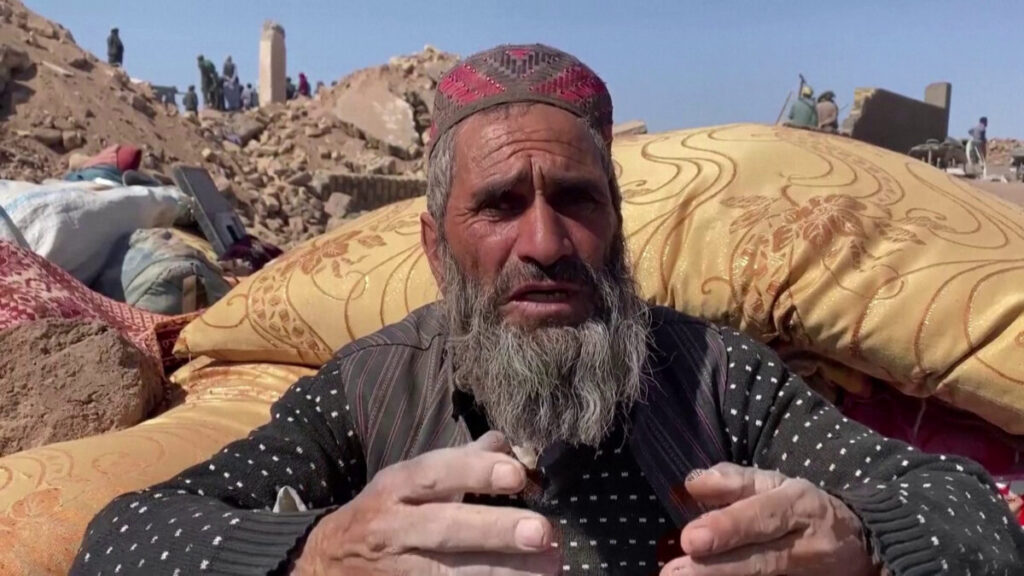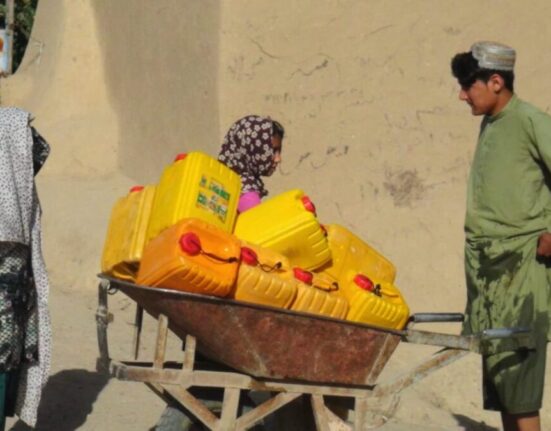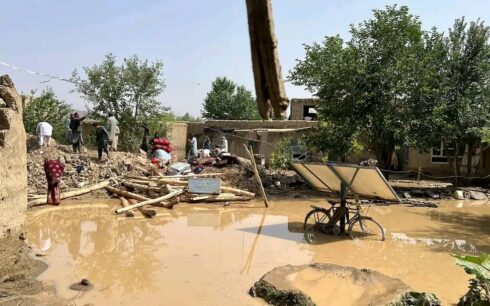Residents who survived the devastating earthquakes that struck Herat in the west of Afghanistan recounted the heart-wrenching destruction that has shattered their homes and lives. The affected areas have witnessed mass funerals, as families grapple with the profound loss and overwhelming challenges.
One survivor, identified only as Ahmad, disclosed the grim reality of his family members being trapped beneath the rubble in the earthquake’s aftermath. He described how the disaster had extended to the nearby Naib Rafi village, where a school lay in ruins. As he sifted through bags belonging to the village’s students, Ahmad’s words conveyed the despair and urgency of the situation.

“In some neighboring villages, bodies remain trapped under the debris, awaiting recovery. While some people have managed to secure tents for shelter, others, like myself, are without any. The impending winter is a grave concern,” Ahmad, a resident of Herat, lamented.
Lal Mohamamd, another resident, shared the devastating impact the earthquake had on his family. “I no longer have a life. We were a family of seven. I am the sole survivor. Recently, my two sons returned from Iran with their wives, and now they are all gone. My existence feels meaningless. I have no means of survival, especially with winter approaching. It would be merciful if someone could end my suffering,” he said.

The toll from these catastrophic earthquakes has been staggering, with at least 2,400 lives lost and more than 2,000 individuals sustaining injuries, as reported by the Taliban-run government. The seismic events razed thousands of homes and left a trail of devastation. Tragically, the majority of the casualties were women and children, a sobering fact emphasized by the World Health Organization.
The earthquakes that shook Herat on October 7, including one with a magnitude of 6.3, stand as some of the deadliest seismic events witnessed globally this year, following similar disasters in Turkey and Syria, which collectively claimed the lives of approximately 50,000 people.





